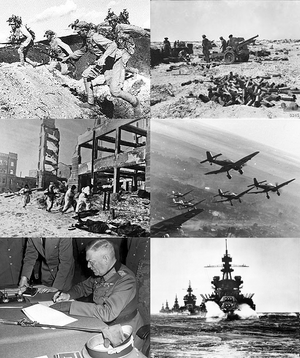Malaya
was known for its rich natural resources, and that very aspect was eyed by the
Japanese militarists and industrialists. In 1939, Malaya was the resource of
40% of the world's rubber and 60% of the world's tin; that fact alone
interested Japanese expansionists, but two additional reasons sealed the
approval on the invasion planning that started in early 1941. The first was
that most of this rubber and tin supply went to Japan's potential cross-ocean
rival, the United States. Secondly, Japan needed oil. Every drop of oil
consumed by Japan's military and industrial capacities had to be imported. The
Japanese Navy alone needed 400 tons of oil an hour to maintain its war
readiness. While Malaya only had a limited amount of oil production, the
peninsula was a perfect staging point to launch and support further invasion
for the oil rich islands of Borneo, Java, and Sumatra.
While
Singapore was boasted to be a fortress that could resist an amphibious
invasion, defense against a convention invasion down the Malayan peninsula was
inadequate. Finally, another hint of Singapore's unpreparedness was the lack of
food rationing despite its mother country had been in war since 1939 and the
Japanese invasion seemed inescapable by late 1941.


No comments:
Post a Comment